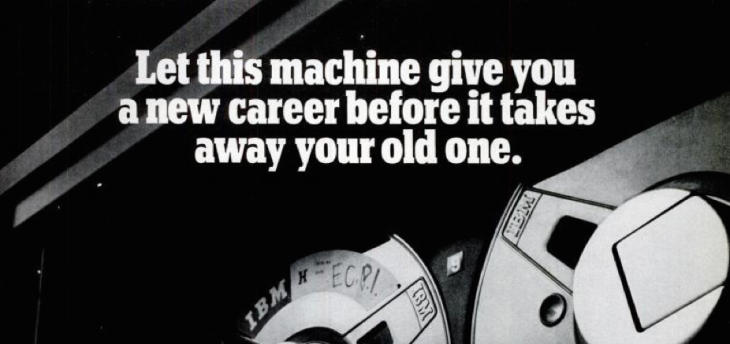“A machine is only as good as it’s user”
A phrase that concludes the first paragraph of this piece of literature. This text states in a very simple methodology, how the layers of learning for a “smart machine” can develop. It is through learning patterns and problem solving, a selective hierarchy of process makes a machine intelligent.
The Evolutionary Machine:
Simply, machines that can learn to learn. A dialogue between the architect and the machine, in which the machine does the “tedious tasks” or “heavy lifting” that seem unimportant or hindering to the architect. Therefore, giving the architect the space to create and do what he loves. Consequently, this raises the following issue: If a machine can collect it’s own information or urban data, can it hence deduce the outcome of said environmental aspects that correlate with the architect’s design and therefore implement accordingly?
The Learning Machine:
By setting the design criteria, a machine can deduce a number of legitimate conclusions based from a finite set of scenarios. However, this needs to develop in a reasonable amount of time. In this case, the author concludes a set of 5 aspects that should form the corner stone of the architecture machine.
- A Heuristic Mechanism: Is having the basic set of “rules of thumb” which limits the time to search for solutions and in turn memorise certain contexts of problems.
- A Rote Apparatus: It is the “storage of obstacles” where the machine associates problems with responses which nowadays we recognise as “Errors” .
- A Conditioning Mechanism: When these formulated responses become habits, this acts as a “reflex action”, a predefined response with minimal effort.
- A Reward Selector: Where the machine starts defining the architects favourite actions. This case is only applicable if the architect feeds his positive and or negative feed back is a “good and bad” actions.
- Unlearning: Every machine needs a “delete” button. Simply because undesirable actions need to be forgotten in order to build on the architect’s defined correct design.
For every machine, there should be a designer or user, it’s local memory and computing power. Accordingly, all other architecture machines should be interconnected to a parent machine that is the highest point in the hierarchy of information. This creates a web of information and communication and feeds computing power to all the architecture machines.
The Seeing Machine:
” The Interface”- The communicating language between the machine and the user. Be it visual, audible, brain waves. This language needs to be understandable by both the user and the machine. Visual communication has proven to be most efficient. This concept, at the time of publishing this text, seemed absurd to most, yet nowadays it is almost natural to have a proper communicating relationship with intelligent machines.
Interest:
What makes this text interesting is that it is so ahead of it’s time. The author leaped into the future in such a precise manner that makes it completely understandable and applicable at this point in time. This kind of revolutionary thinking and advanced foresight concerning architecture and machines is a sought after skill that needs to dissected and researched. If this method of thought becomes a method of teaching for architects, it will revolutionize design as we know it today into a more sustainable future.

